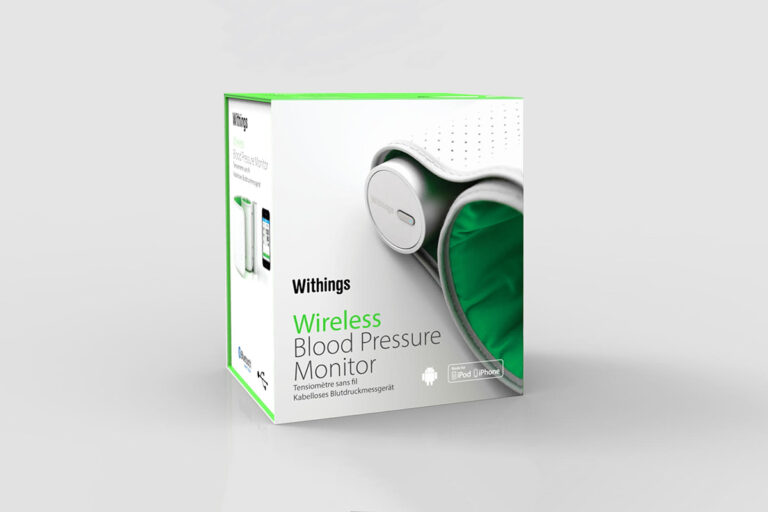In the world of advanced manufacturing, precision is no longer a luxury it’s a necessity. As devices become smaller, faster, and more complex, the tools and techniques used to build them must evolve accordingly. One such technique making significant waves in nanofabrication is electron beam lithography.
For many working in microelectronics, optics, and materials science, understanding the e-beam lithography process is essential to optimizing yield, reducing defects, and staying competitive in a fast-moving market.
What Is Electron Beam Lithography?
At its core, electron beam lithography is a method used to write incredibly fine patterns onto a surface, often a silicon wafer or glass substrate. Unlike traditional photolithography, which uses UV light to project patterns through a mask, e-beam lithography process uses a focused beam of electrons to draw patterns directly onto a surface coated with an electron-sensitive material known as a resist.
This direct-write capability allows engineers and researchers to create features as small as 10 nanometers or even less. For context, a single human hair is about 80,000 to 100,000 nanometers thick. That means EBL can pattern features thousands of times smaller than what we can see with the naked eye.
A Real-World Comparison
To make the concept more relatable, think of electron beam lithography like a high-precision laser printer but instead of printing with toner on paper, it uses electrons to expose patterns on a wafer. Rather than printing text or images, it’s used to define Nano scale circuits, gratings, sensors, or quantum devices.
Where traditional printing uses predefined stencils, the e-beam lithography process is completely flexible able to produce any design without physical masks. This makes it incredibly valuable in R&D environments, prototyping, and low-volume custom applications.
How Does the E Beam Lithography Process Work?
The e-beam lithography process typically involves the following key steps:
- Surface Preparation: The substrate (e.g., silicon or glass) is cleaned and prepared to ensure maximum adhesion.
- Resist Coating: A thin layer of electron-sensitive resist is spin-coated onto the surface.
- Electron Beam Exposure: A computer-controlled electron beam is used to “write” the desired pattern by exposing specific areas of the resist.
- Development: The exposed (or unexposed, depending on resist type) areas of the resist are dissolved, leaving behind a precise pattern.
- Etching or Deposition: The patterned surface can now be etched or used as a mold for depositing materials.
- Resist Removal: The remaining resist is stripped away, revealing the finished nanostructure.
Why It Matters for Industry
The appeal of electron beam lithography lies in its unmatched resolution and design flexibility. For companies developing quantum computing components, photonic devices, MEMS sensors, or even anti-counterfeit holograms, EBL offers the ability to build features that other lithography methods simply cannot achieve.
However, the e-beam lithography process also has its challenges. It’s slower compared to optical methods and requires highly specialized resist materials, anti-charging agents, and adhesion promoters to ensure quality results. This is where companies like DisChem Inc. come in, offering finely tuned chemicals specifically designed to support high-resolution electron beam lithography workflows.
Supporting Chemistry for Success
From advanced resists like H-SiQ to anti-charging agents such as DisCharge, DisChem Inc provides chemical solutions that directly support the e-beam lithography process. Their materials help prevent pattern distortion, improve adhesion, and reduce process waste, all critical for achieving repeatable, high-yield results.
In advanced fabrication environments, every step counts. By using chemistry engineered for EBL applications, engineers can achieve tighter line widths, cleaner sidewalls, and improved pattern fidelity.
What are the key takeaways?
As the demand for nanoscale devices continues to grow, electron beam lithography will remain a key player in pushing technological boundaries. While the e-beam lithography process may seem complex, its impact is clear: enabling innovation at the smallest scales, one electron at a time.
Whether you’re a researcher prototyping a new photonic sensor or a fabrication engineer scaling next-gen chips, understanding and leveraging EBL can give your work the edge it needs. And with the right chemical partners, the path to precision becomes much clearer.




